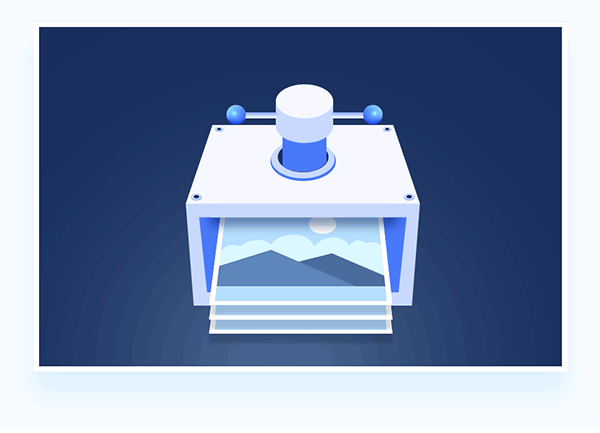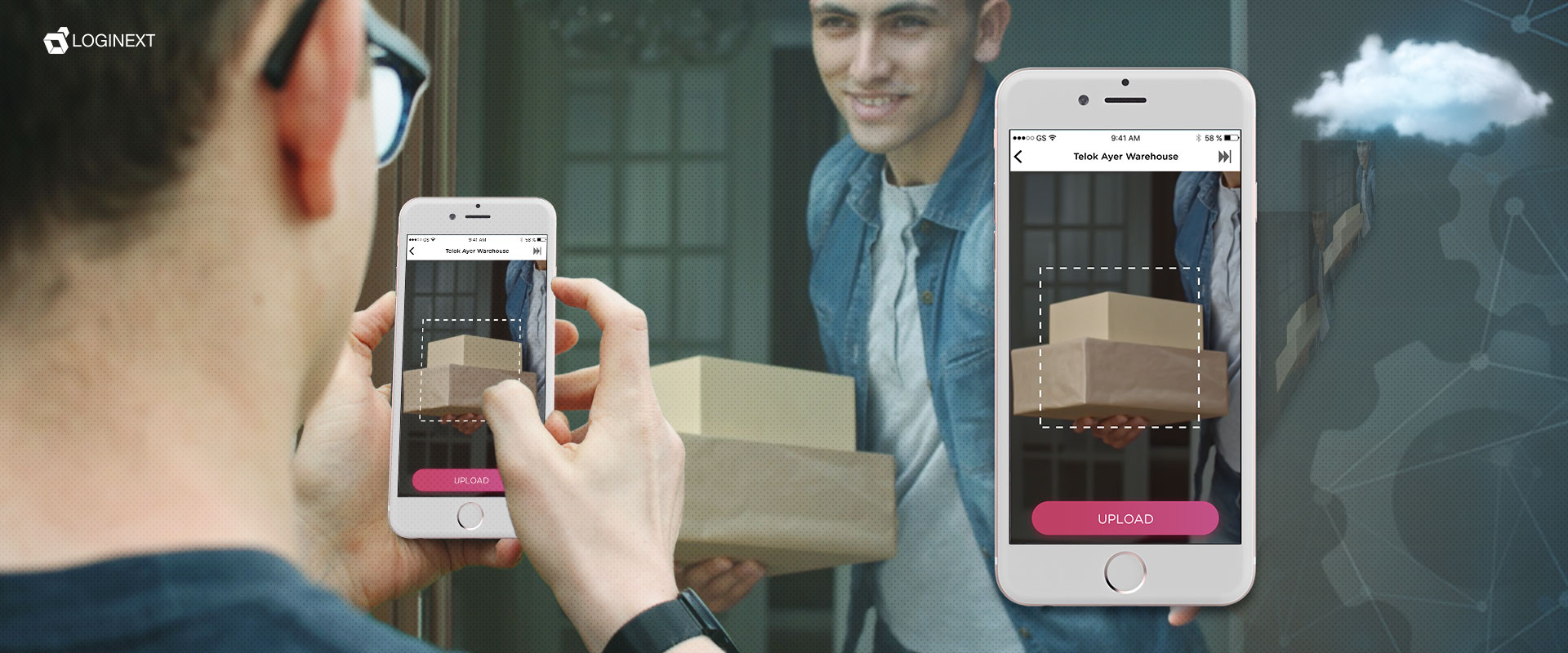Image Press! LogiNext’s Image Compression Innovation Cuts Down Mobile Data and Battery Usage by 23%
Imagine having your delivery personnel function at their total capacity and speed at the peak of your distribution movement and suddenly you lose tracking and contact of the field operative due to the drain of their mobile’s battery or internet data crunch.
Here, two things can happen:
- The delivery person hunts for a charging point and tries to connect back to the hub through a call, or hunts for a wi-fi spot for a stable internet connection.
- The delivery person finishes the deliveries using manual routing and their delivery run sheet where they record all feedback and updates with a pen, or they just try to remember the feedback without noting it.
Both these scenarios lead to one thing: Loss of Logistics Management Information!
Logistics management information is golden in the current times of heavy consumerism and competition. Each ground-level insight is highly valuable and can be eventually turned into actionable strategies. Loss of this information is the same as the loss of opportunity.
The second problem in conjunction with the loss of logistics management information is the lack of visibility.
Having high-value merchandise with your delivery person and losing connect at the most opportune time could turn into a logistical disaster. Delivery delays; improper address verification; inefficient invoicing; failed feedback capture; and overall brand dilution. The last part can have lasting effects on your future profits.
LogiNext is here with an extremely innovative solution for battery drain due to excessive data storage and usage.

Image Compression Technology
LogiNext’s Proprietary Image Compression Technology
Let’s get down to the direct answer to a question you might have thought of right now.
Why do I need images for running my distribution network?
Images can be used as a tool to verify and record information in visual format. Images are less likely to be doctored or manipulated without leaving an obvious trail of malpractice. Images can be geotagged for time and location making it that more efficient in marking the origination of the information. Images are also most potent for checking or resolving any discrepancy or dispute in delivery or invoicing.
The delivery personnel can simply click a picture of a successful delivery and get an e-sign on the picture from the receiver. This would ensure transparency in all accounts and servicing processes.
Why do I need Image Compression in my Logistics Management application?
Each image holds some memory space in the delivery person’s phone and it uses some amount of data as it is transferred through the Internet to the client’s dashboard or central processing point. To ensure proper authentication, the image must have high-definition and should be clear. Storing and transferring high-def images in quick time eats up battery and data from the phone. Also, this transfer must be immediate for real-time order verification.
LogiNext’s proprietary image compression technology solves this in two steps.
- The image capture software first records the image and runs it through multiple quality checking algorithms which detect edges and contrast for easy and clear readability. If the image doesn’t fit the standards of readability, then a message pops up indicating that the delivery person should click another image of better quality.
- Once the quality of the image is judged to be satisfactory, the algorithm separates the image in multiple context layers where each pixel is read as an array of multiple information sets. LogiNext’s image recognition software dilutes the parts of the layers which are irrelevant to the context of the image and adds depth to the actual edges (such as letters, numbers, barcodes, etc.). This process leads to a rechecking of quality to sustain utmost readability.
The resultant image is realistically undistinguishable from the original captured high-def image, at a quarter of its size.
How long does this Image Compression take?
This image compression is almost instantaneous (about half a second) and it happens right from within LogiNext’s application. The image is then saved by the delivery person for further procession (e-sign). The image is sent back to the client’s server where the manager can process them further.
How does Image Compression help me in my business?
Smaller images take lesser storage space and are processed faster by even an average smartphone of 1 GB RAM. Moreover, the smaller images are transferred faster with less data usage. Hence, even 2G bandwidth can serve the purpose of all online logistics management processes. We know how much battery is drained by usage of 3G-4G networks over a day’s work. Using 2G bandwidth for image transfer saves battery for longer smartphone usage.
Prolonged battery life and minimal data usage ensures continual delivery movement and location tracking and helps in keeping the overhead costs down.
Even the cloud storage of millions of verification images collected at the client’s end could be dealt with much lesser space without a need to upgrade to costlier cloud storage.
How do I enroll with Image Compression at LogiNext?
Image compression is a small part of the entire machine learning enabled eco-system of optimization with LogiNext’s products. Availing of LogiNext’s services automatically opens up the benefits of Image Compression for the client.
292 1








Pingback: LogiNext-Blog | Top Tech Upgrades of The Year